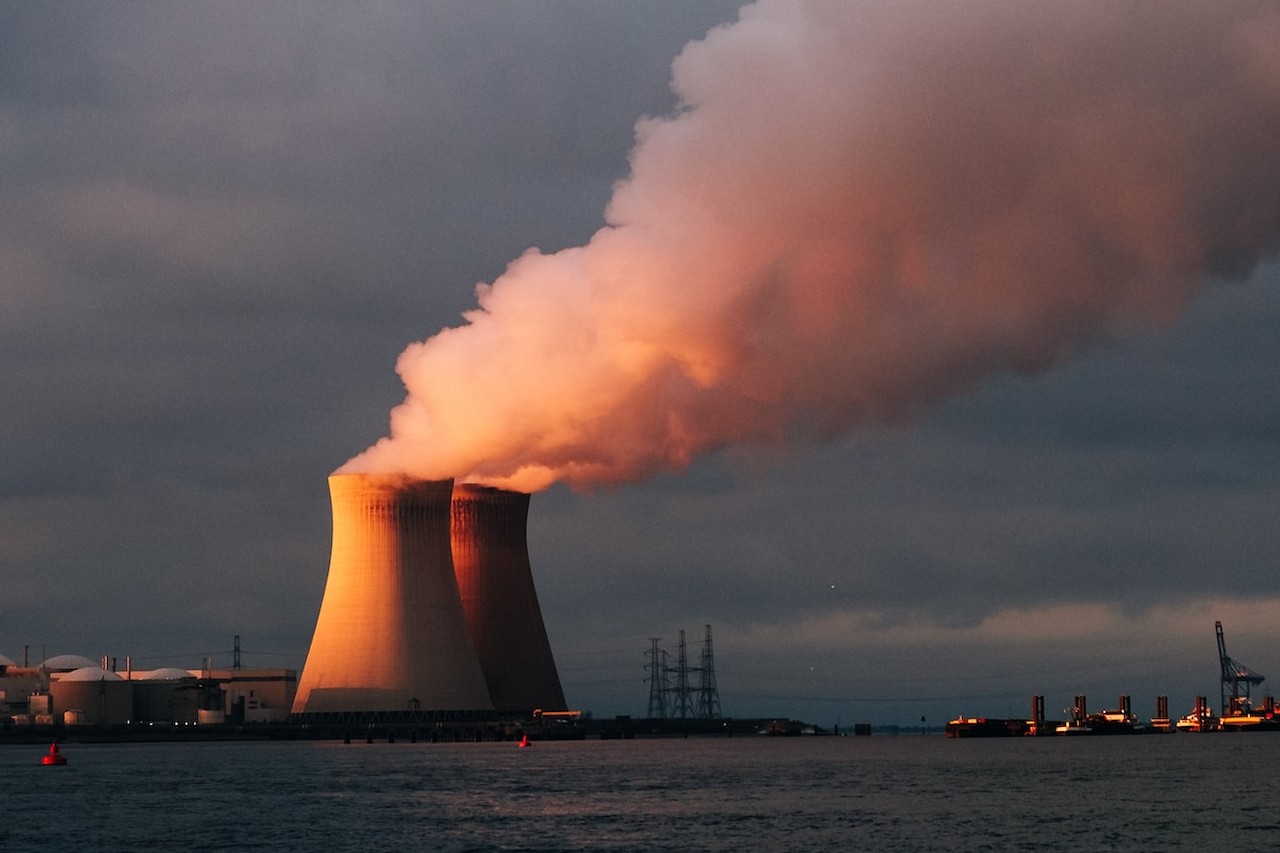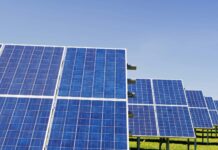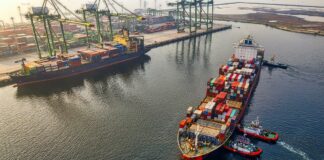US scientists have announced a major breakthrough in nuclear fusion and the race to create a more sustainable form of energy.
On Tuesday 13 December, researchers declared they had officially cleared a massive hurdle in the nuclear fusion challenge: creating more energy from the experiment than they put into it. This is also referred to as a “net energy gain.” This achievement is a massive milestone because net energy gain represents the energy that can be captured, stored, and used.
The experiment was based out of the National Ignition Facility at the Lawrence Livermore National Laboratory (LLNL) in California.
Dr Kim Budil, the direct of LLNL, commented, “This is a historic achievement… over the past 60 years thousands of people have contributed to this endeavour and it took real vision to get us here.”
What is nuclear fusion?
Fusion is what powers the sun and the stars. Despite not naturally occurring on earth, scientists have spent the past 70 years trying to replicate this energy process.
In simple terms, fusion is the process of two molecules combining under immense amounts of heat and pressure. When this occurs, the nuclei of the two molecules ‘fuse’ and become one, releasing excess energy. It is this excess energy that is harnessed and used as a power source.
Is commercial nuclear fusion viable in the near future?
While this is a landmark occasion in science, there is still much work to be done before nuclear fusion can become commercial and more highly accessible. The process of nuclear fusion itself is very particular and requires precise conditions under which to function. It is also extremely expensive.
For now, the UK government is in the process of building the first prototype for a nuclear fusion power reactor, located in Weston Burton A. It will be the UK’s, and potentially the world’s, first commercial prototype.












